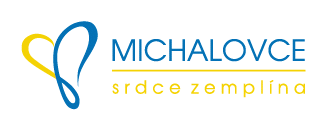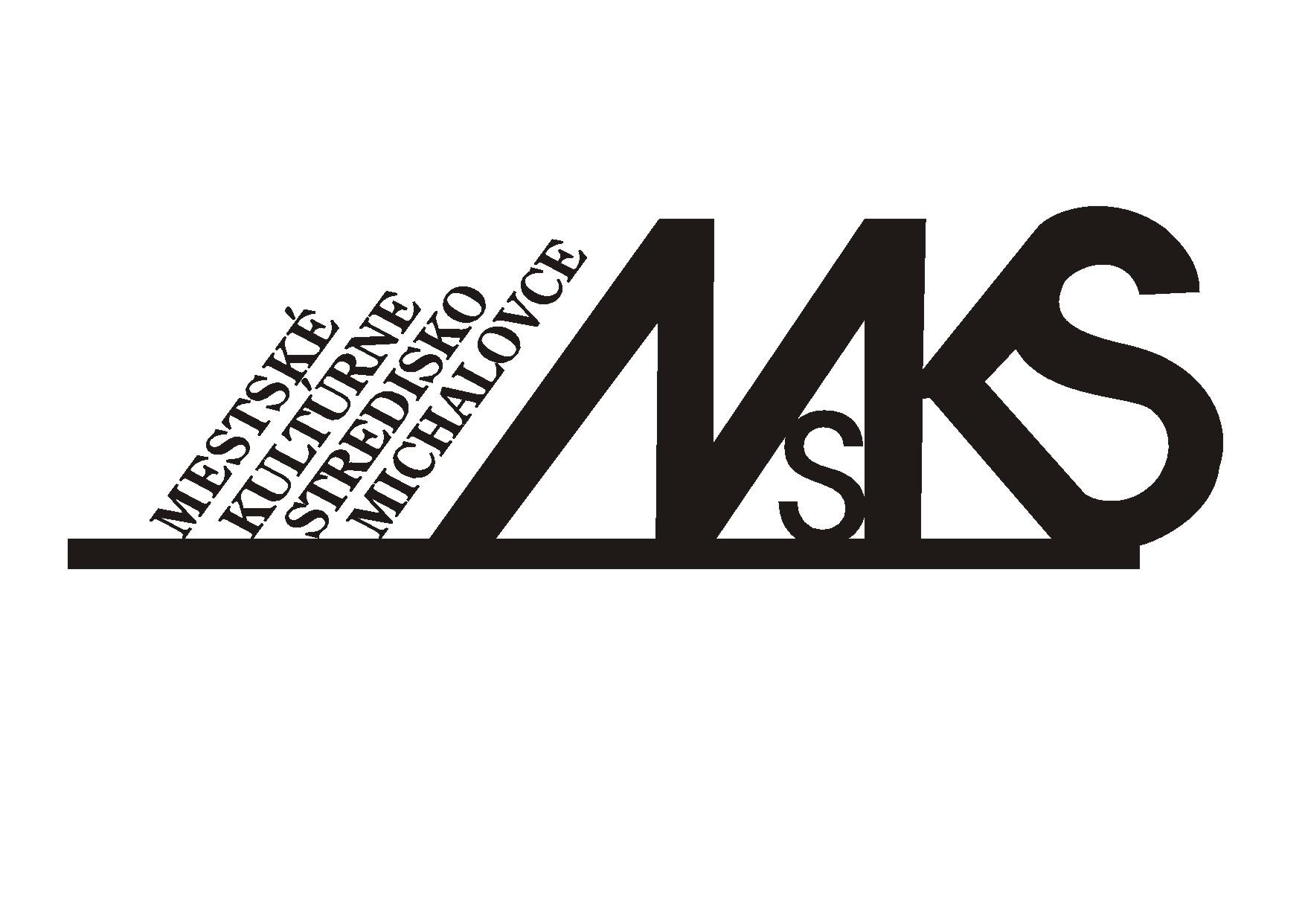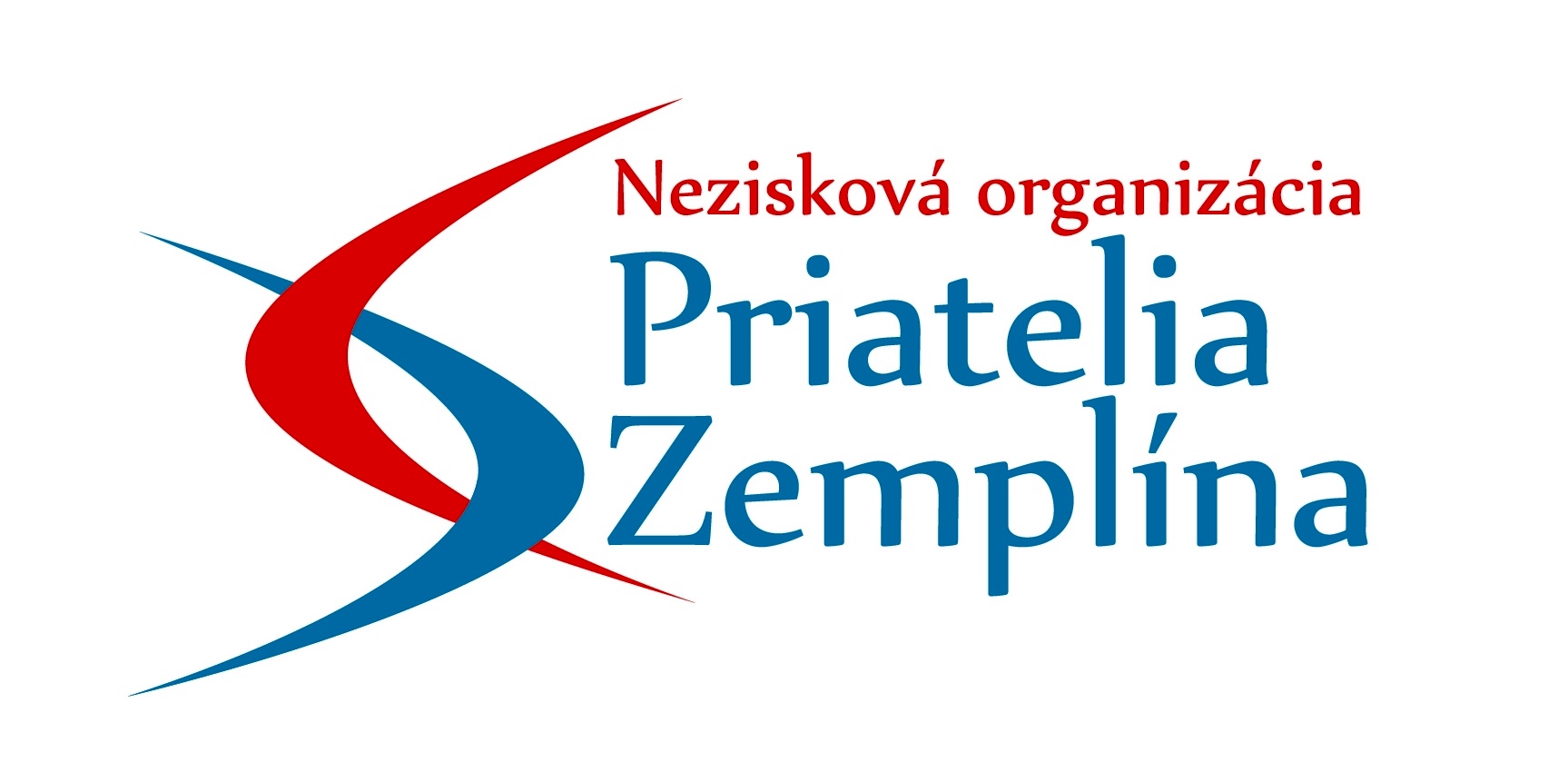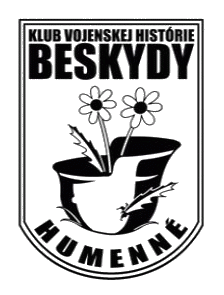Ethnographic exposition
The exposition was publicly supported by the FOND NA PODPORU UMENIA (FUND FOR THE SUPPORT OF THE ARTS).
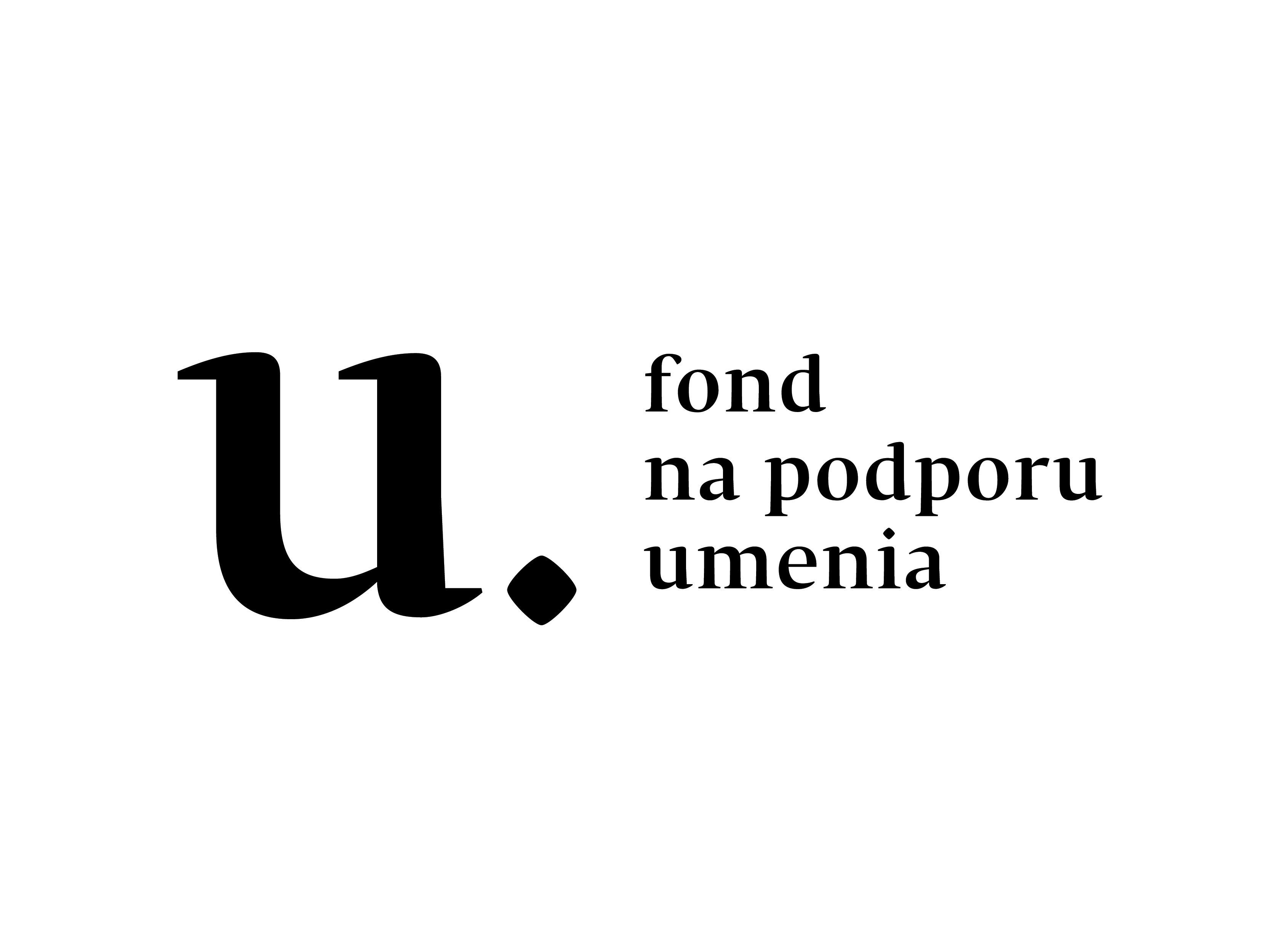
The folk culture of the inhabitants of Zemplín region is presented by the most distinctive manifestations of folk art - the Pozdišovce pottery and shepherd art of southern Zemplín. Typical handicrafts as well as the way of living are presented. There are also unique examples of folk fishing and the whole exposition is complemented by displays of folk textiles.
Pottery supplied the market with kitchen utensils and household products. In the 19th century, several workshops for production of baked clay were active in Zemplín, the longest lasting production was in Pozdišovce. A written record of pottery from the Pozdišovce estate dates back to 1416. The exhibited 'potter's workshop' from the first half of the 20th century shows the production process. The products represent the development of pottery in Pozdišovce with the most significant change after 1947 (establishment of the pottery cooperative), as well as the work of independent potters, master potters Michal Parikrupa-Šipar, Jan Kiselovič and Dušan Labik.
Shepherds used their free time to produce various utility and decorative objects, using available natural materials - wood, leather and horn. The objects of artistic creation were mainly the traditional equipment of shepherds, which included whips, festive sticks, trumpets, cups and salt cellars. Tibor Galgóczy (1923-2006) spent many years researching the characteristic features of the decorated objects of shepherds. In his own work he was inspired by old patterns and techniques, but he also used his own designs. He thus became a direct continuator of the traditions of shepherd's art in the Ung-Zemplin region.
Fishing was a supplementary source of livelihood, especially for people living near water sources. In the territory of eastern Slovakia, very old tools and instruments, such as fish traps (vrše), or harpoon-shaped spears, called sigon, were used until the middle of the 20th century. Various types of nets for individual or collective fishing have also been preserved: worm nets, landing nets, two-handed nets with floats, tail nets, dip nets, trawl nets, nets for collective professional fishing, and throwing nets with a lead weight on a circular circumference, the so-called throwing nets.
The specialised craftsmen in Zemplín met the needs of the population mainly with products for agriculture. Until the middle of the 20th century there were blacksmiths in almost every village. They processed iron into the form of agricultural and craft tools, nails, forging, wagon shoeing, horse and cattle shoeing. Wheelwrights cooperated with blacksmiths, producing wooden wheels, wagons, sledges, and wooden tools. Wheelwrights from the vicinity of Michalovce supplied the wider market. Coopers produced containers mainly for wine production - barrels, vats, buckets. The exposition presents the basic equipment of craft workshops, their semi-finished products and products.
The basis of domestic production were available materials - wicker, wood, straw, hemp. On the basis of the developed production of wicker baskets, the Basketmaking and Broommaking Production Cooperative was established in Drahňov after the Second World War. In turn, the trough makers at Budkovce, Pavlovce nad Uhom and Podhoroď specialised in production of troughs and wooden utensils; the exhibition presents their products and tools. The tools were stored in one of the rooms of housing - most often in a chamber, where food supplies and other items used in the farmyard were also stored.
The traditional dwellings of the peasant population were three-roomed, divided into a 'chiza' room, a 'priklet' room and a chamber. The entrance room - the 'priklet' - served mainly as a storage room, or for cooking and baking, if there was a stove. "The 'chiza' - the main room - was the place where most of the household activities took place - from relaxation to food preparation, dining, home production, social events and spiritual life.
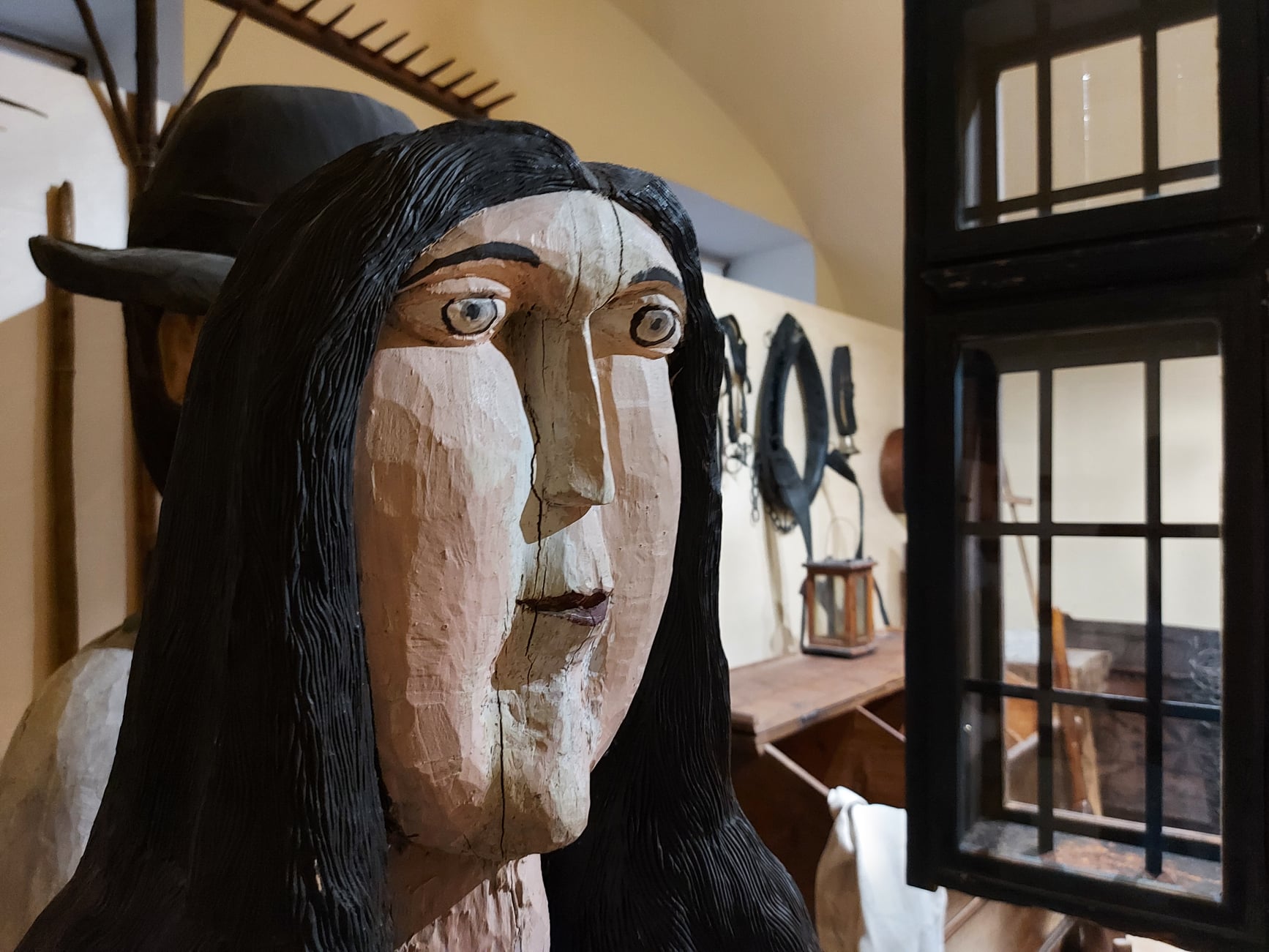
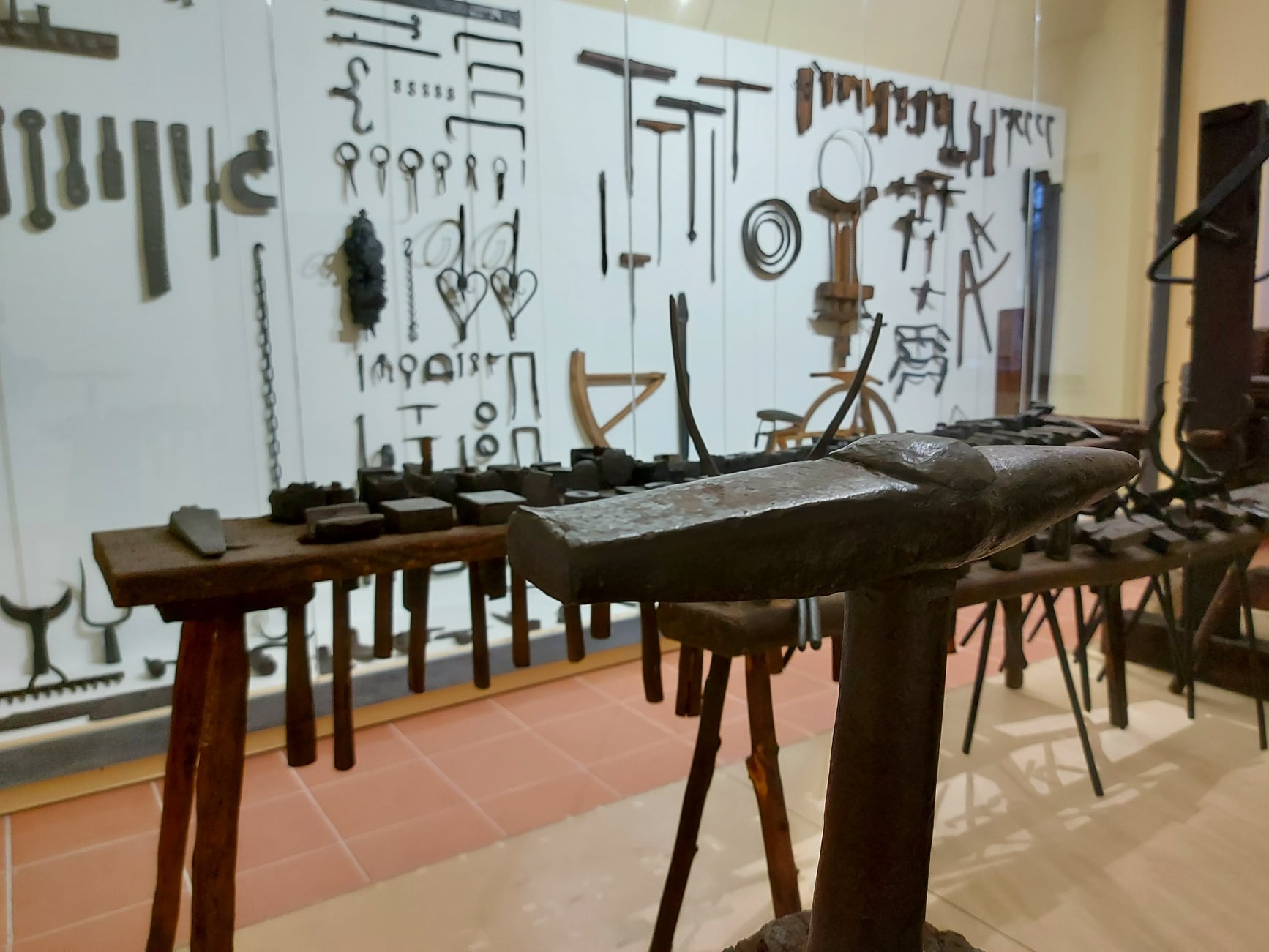
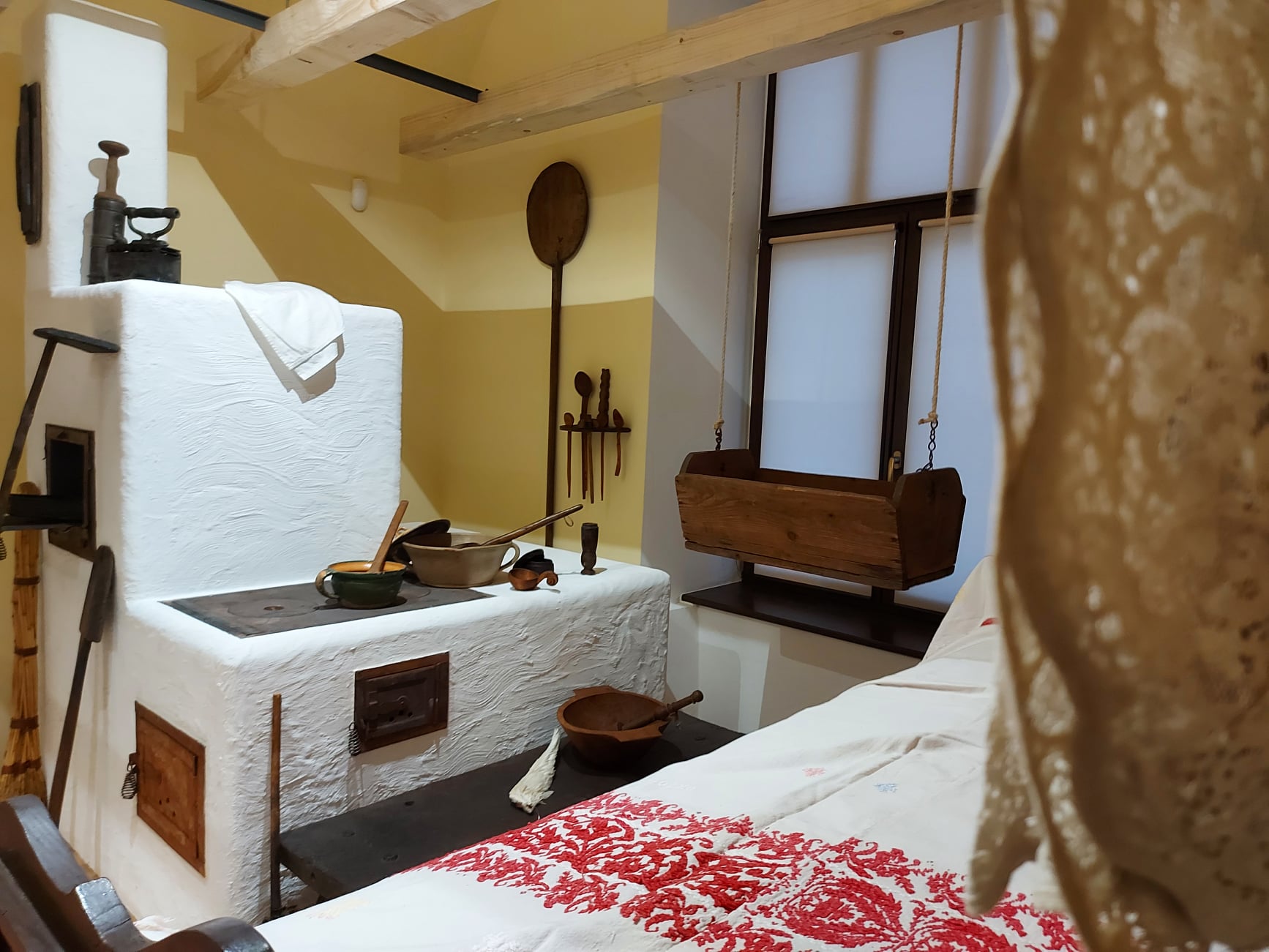
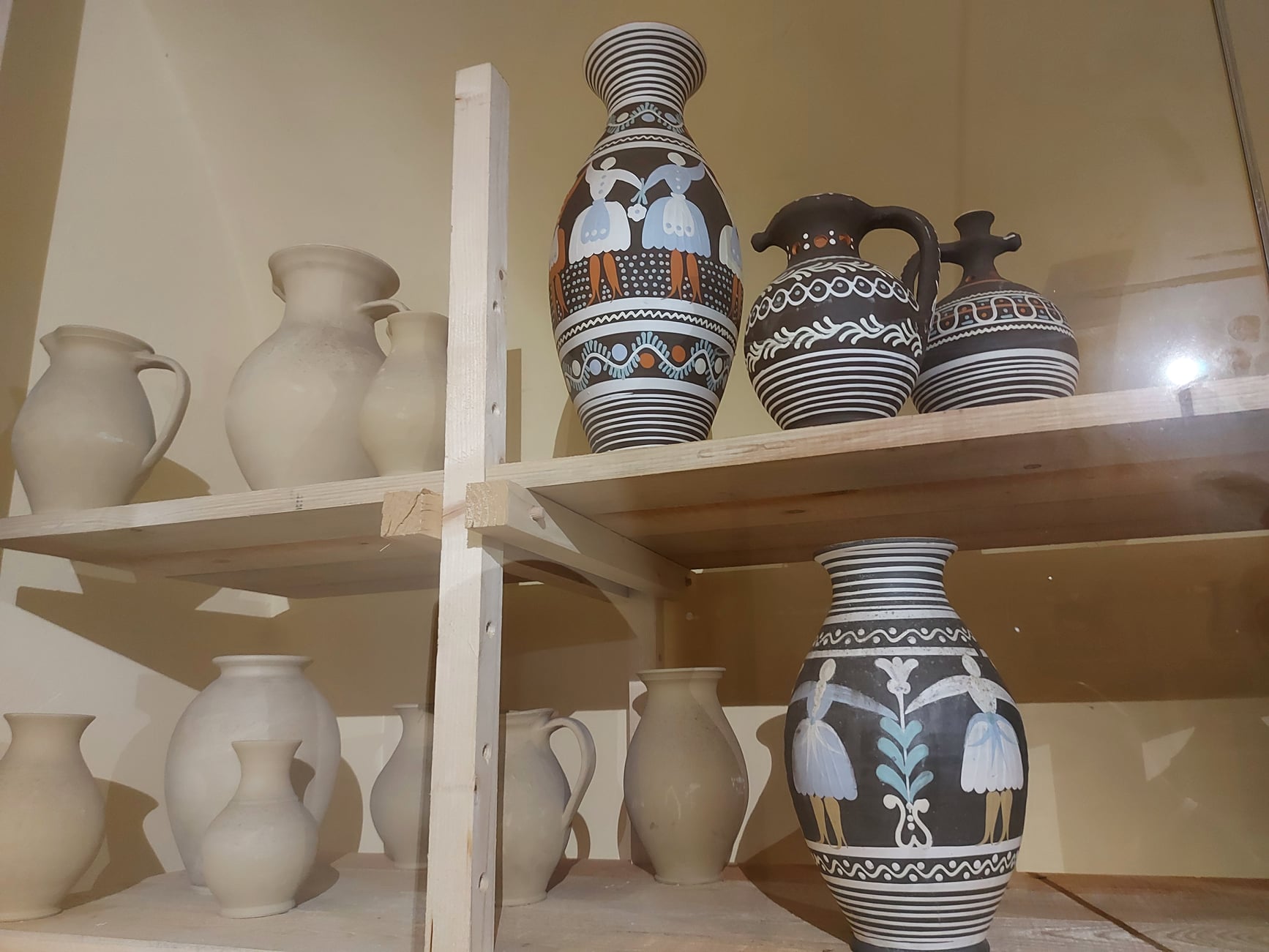
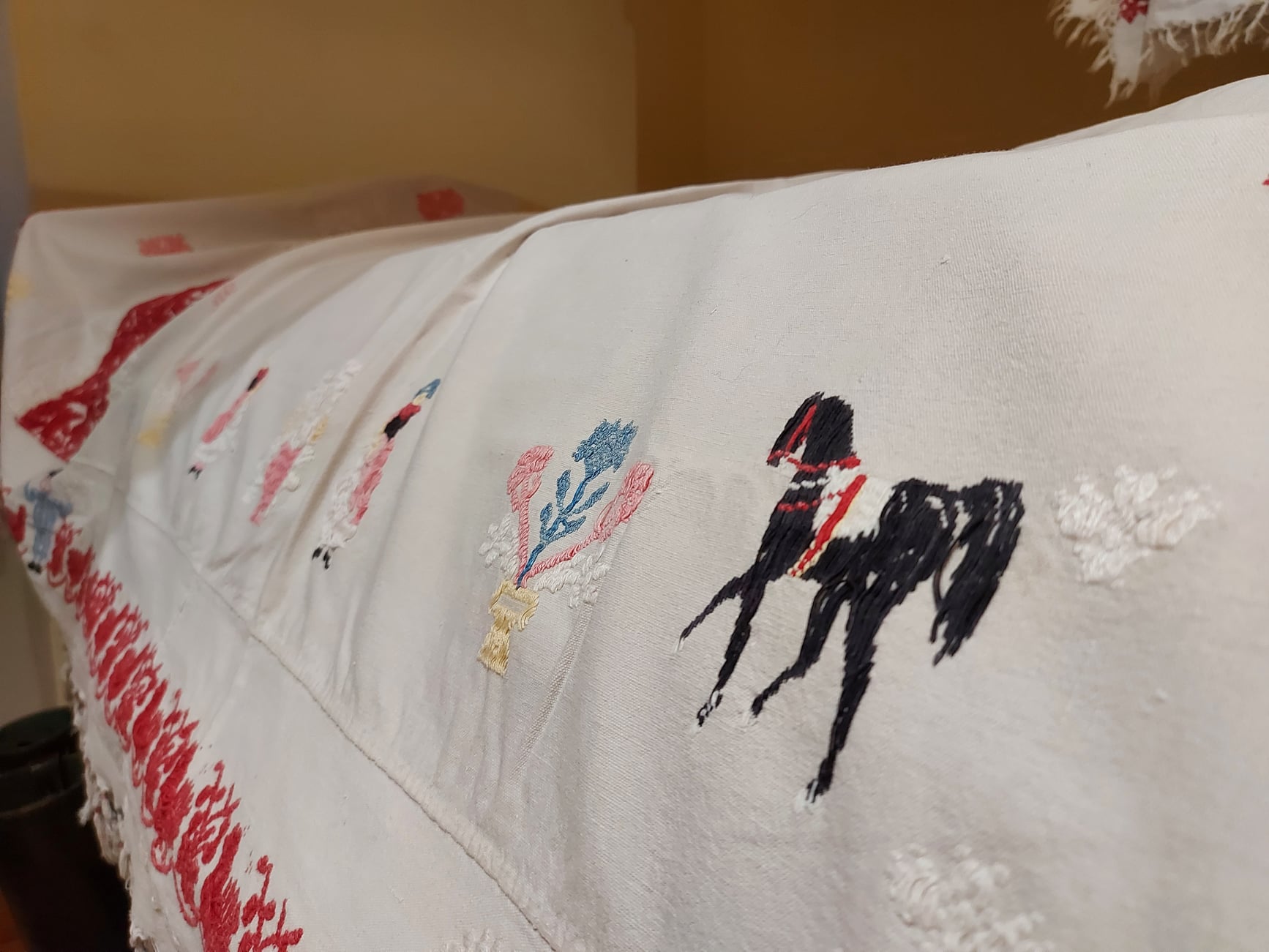

 O-Sense
O-Sense